By UN Journal Lee Kap-soo
“Iran’s capacity for food exports—particularly high-quality seafood such as shrimp and fish from the southern regions—represents a promising new frontier for expanding trade and export cooperation with South Korea,” said Ambassador of Iran to South Korea on July 18.
In an exclusive interview with the Diplomacy Journal held at the Embassy of DRC in Yongsan-gu, Seoul, Amb. Saeed Koozechi said, “With targeted expertise and joint investments, these sectors in Iran are well positioned for further growth and development.”
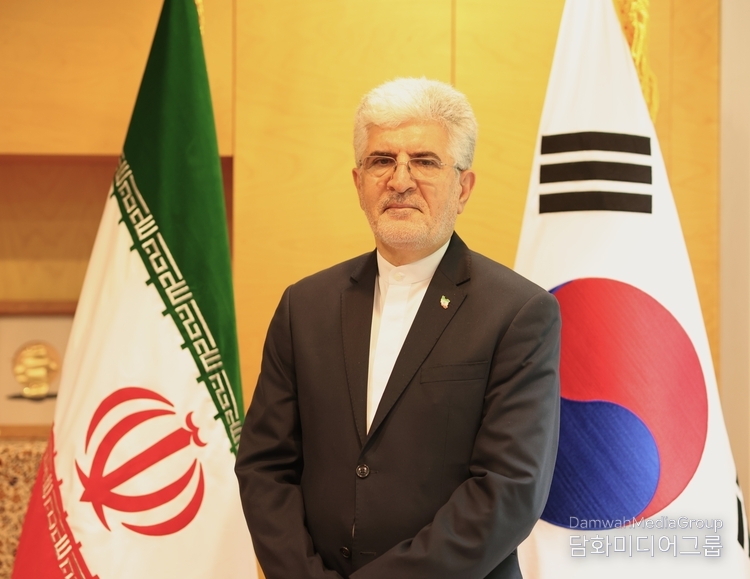
Noting that the volume of bilateral trade between Korea and Iran experienced a contraction of over 90 percent in recent years owing to the escalation of U.S. sanctions against Iran, he said, “Nevertheless, Iran’s large domestic market, abundant natural resources, and strategic geographic position continue to offer considerable appeal for South Korean investors.
“Key sectors with potential for mutual cooperation and joint investment include energy and petrochemicals, automotive manufacturing, consumer electronics and household appliances, chemicals and agricultural fertilizers, mining and mineral extraction, construction and infrastructure development, pharmaceuticals and medical equipment, as well as information and communication technology.”
Commenting that Iran is considered one of the most unique and captivating tourist destinations in West Asia and beyond thanks to its ancient history, rich civilization, and four-season climate, Amb. Saeed Koozechi said, “The country offers a wide range of attractions, including UNESCO World Heritage sites, ancient cities, breathtaking architecture, and diverse natural landscapes—from deserts to forests and coastlines.”
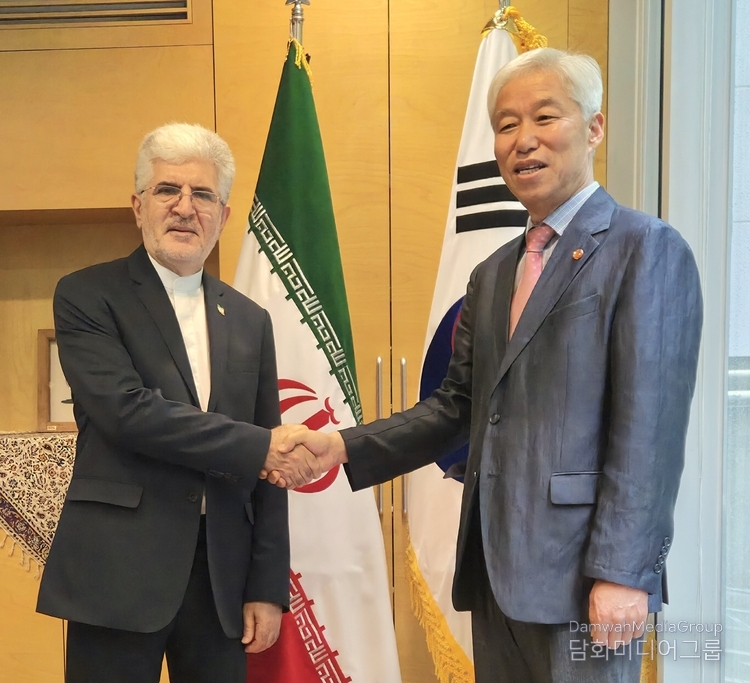
He stressed, “As of January 2025, 28 Iranian sites have been inscribed on the UNESCO World Heritage List, among which Persepolis (also known as Takht-e Jamshid) holds particular historical and cultural significance.”
The following is the full-text of the Diplomacy Journal’s interview with Ambassador of Iran to South Korea Saeed Koozechi. –Ed.
Question: Diplomatic relations between Iran and South Korea were officially formed in 1962. How has the relationship developed over the period?
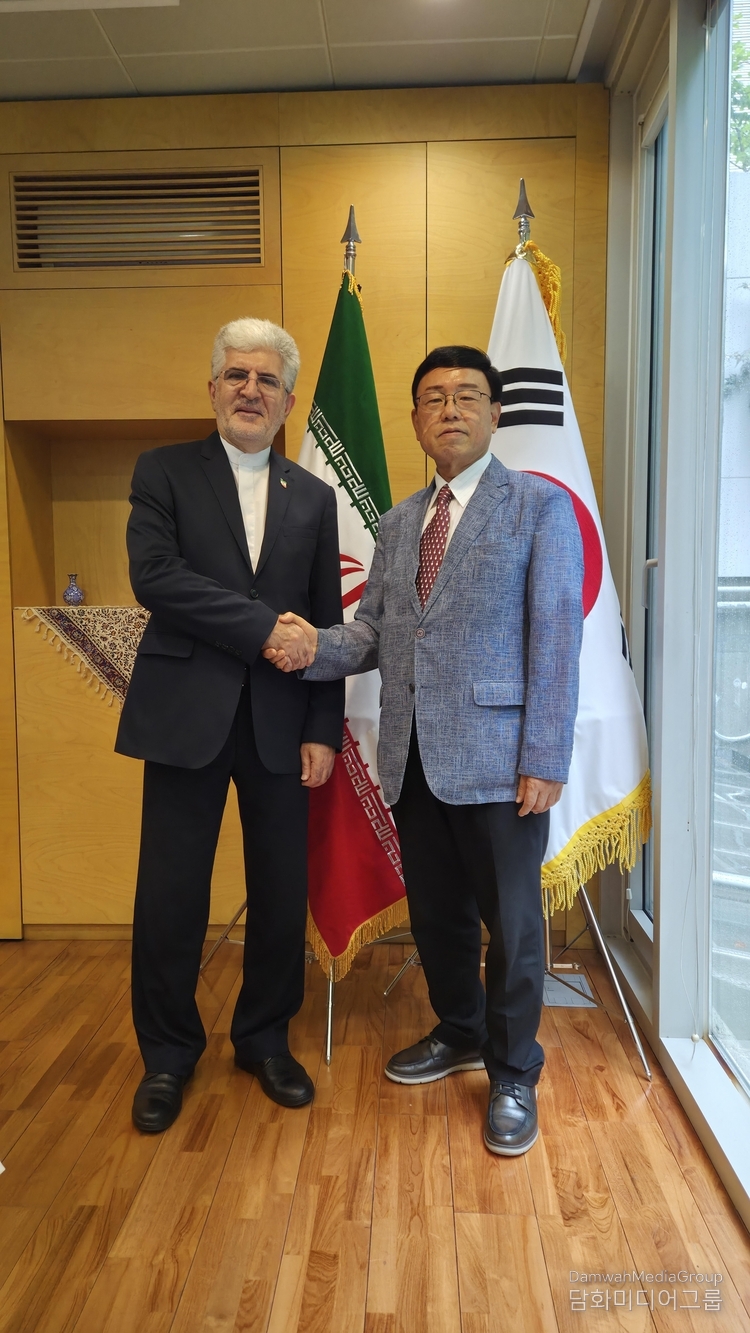
Answer: Diplomatic relations between Iran and South Korea have entered their seventh decade, underpinned by a deep-rooted and friendly history of over a thousand years of cultural and historical exchange.
The bonds between the two nations are rooted in much deeper historical connections, reflecting a rich legacy of cultural exchange and mutual respect —an enduring heritage that should always be acknowledged and honored by leaders in every era.
Regardless of recent negative challenges, 4elations between the two countries have consistently remained cordial and friendly.
Over the past few years, cooperation between the two countries particularly in cultural and economic sectors has flourished, yielding significant mutual benefits.
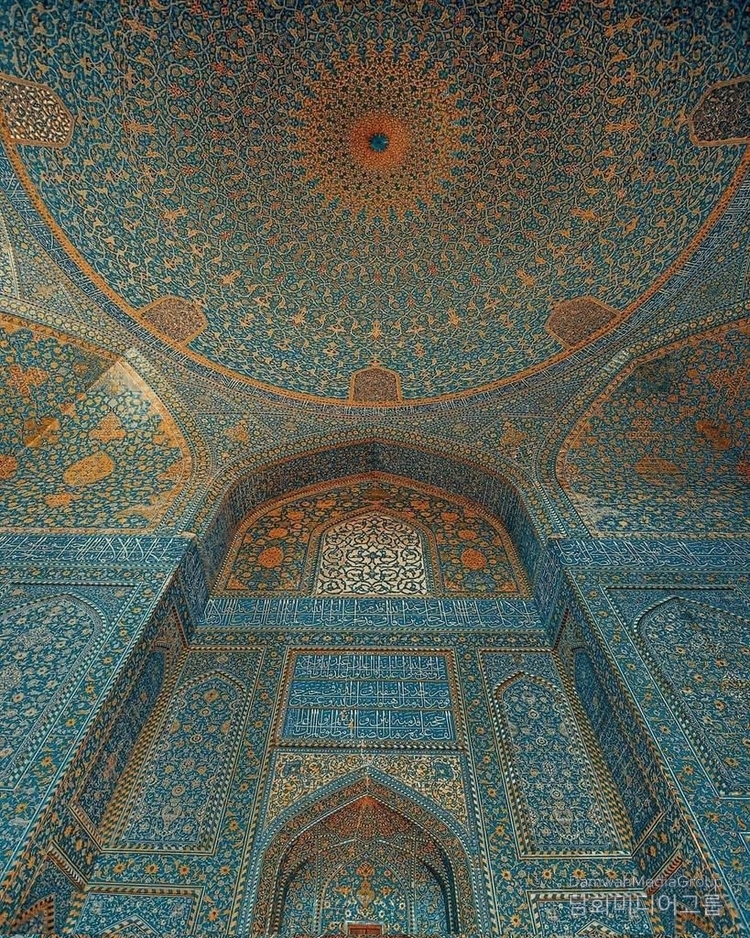
While occasional ups and downs have occurred throughout the long term relationship, the underlying spirit of goodwill has persisted. Looking ahead, I hope that our relations will soon reflect the true potential and dignity of both nations.
Q: Please introduce the National Day (Feb. 11, Victory of the Islamic Revolution) of your Excellency's wonderful country.
A: Iran’s National Day is celebrated every year on February 11, commemorating the glorious victory of the Islamic Revolution in 1979.
On this historic day, under the leadership of Imam Ayatollah Ruhollah Khomeini ( Rah= peace be upon him), the Iranian people overthrew the Pahlavi monarchy and ended centuries of monarchy in Iran.
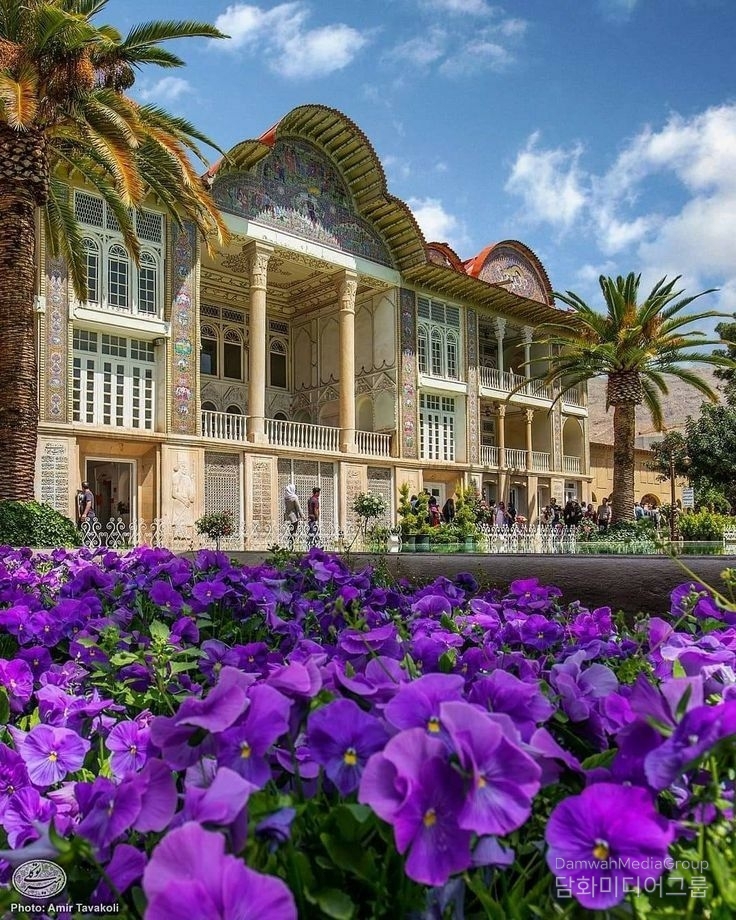
This revolution was fueled by widespread public dissatisfaction with the Pahlavi regime, characterized by tyranny, corruption, social inequality and the heavy influence of Western powers. This growing discontent united diverse groups — including university students, workers, clerics and intellectuals— and eventually led to a broad-based national uprising.
On February 11, 1979, Iran’s army declared its neutrality, paving the way for the final victory of the Islamic Revolution.
The victory of the Islamic Revolution stands as a powerful symbol of the Iranian people’s aspirations for independence, freedom, and justice.
Each year, Iranians in a display of national unity and unwavering revolutionary spirit, commemorate this historic occasion with nationwide marches, speeches, cultural programs, and ceremonies that reaffirm the enduring ideals and values of the Islamic Revolution.
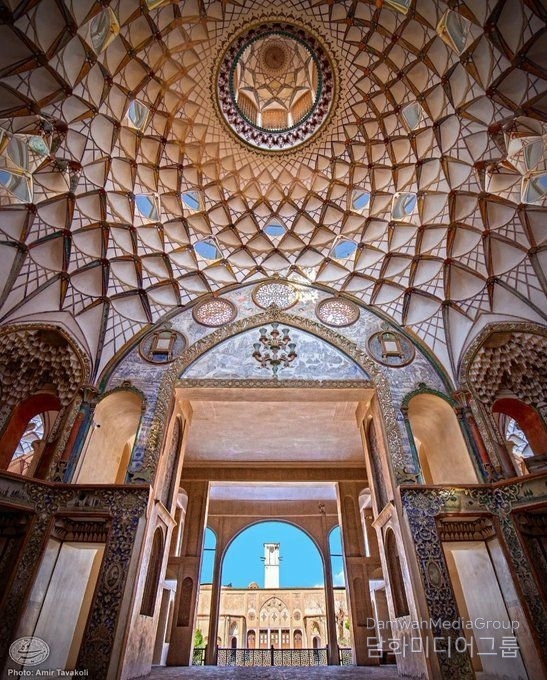
Q: What is the present volume of bilateral trade between Iran and South Korea? In Iran, what kinds of industrial sectors are attractive to Korean investors?
A: The highest level of annual trade between Iran and South Korea prior to US brutal sanctions was recorded in 2012, when the value of bilateral exchanges reached approximately $17 billion—the peak of trade relations between the two countries to date.
The bulk of this trade consisted of Iran’s crude oil and condensate exports to South Korea, alongside imports of industrial and technological products from South Korea into Iran. With the escalation of U.S. sanctions against Iran in subsequent years, the volume of bilateral trade steadily declined, experiencing a contraction of over 90 percent in recent years.
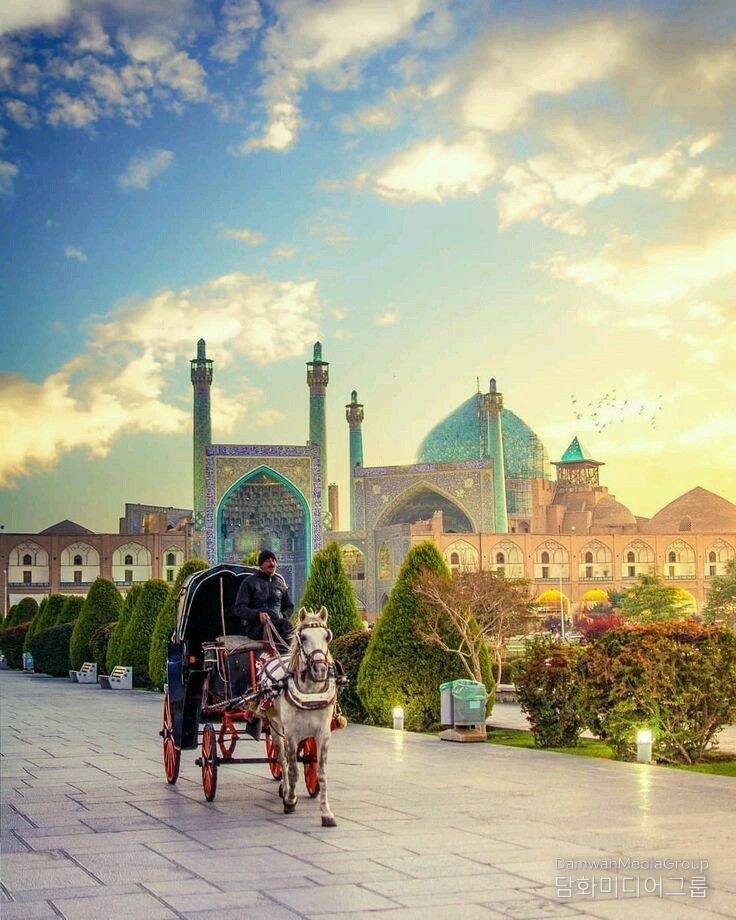
Nevertheless, Iran’s large domestic market, abundant natural resources, and strategic geographic position continue to offer considerable appeal for South Korean investors. Key sectors with potential for mutual cooperation and joint investment include energy and petrochemicals, automotive manufacturing, consumer electronics and household appliances, chemicals and agricultural fertilizers, mining and mineral extraction, construction and infrastructure development, pharmaceuticals and medical equipment, as well as information and communication technology.
Furthermore, Iran’s capacity for food exports—particularly high-quality seafood such as shrimp and fish from the southern regions—represents a promising new frontier for expanding trade and export cooperation with South Korea. With targeted expertise and joint investments, these sectors are well positioned for further growth and development.
Q: Which tourist attractions in Iran would you like to introduce to Korean visitors? Does the Iranian government have a plan to attract more foreign tourists, including those from Korea?
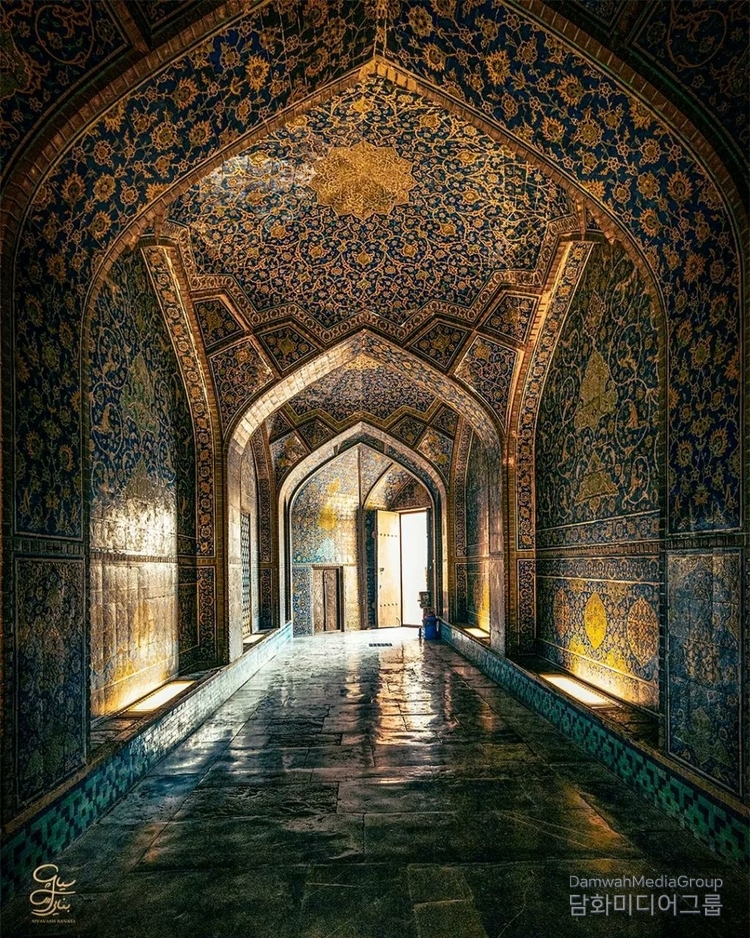
A: With its ancient history, rich civilization, and four-season climate, Iran is considered one of the most unique and captivating tourist destinations in West Asia and beyond. The country offers a wide range of attractions, including UNESCO World Heritage sites, ancient cities, breathtaking architecture, and diverse natural landscapes—from deserts to forests and coastlines.
As of January 2025, 28 Iranian sites have been inscribed on the UNESCO World Heritage List, among which Persepolis (also known as Takht-e Jamshid) holds particular historical and cultural significance.
Persepolis was the magnificent capital of the Achaemenid Empire, founded by Darius the Great in 518 BC. Located near the city of Shiraz, this ancient complex stands as a symbol of the glory and grandeur of ancient Iran. Its towering columns, intricate reliefs, and monumental staircases reflect the power and artistic excellence of Persian architecture in antiquity.
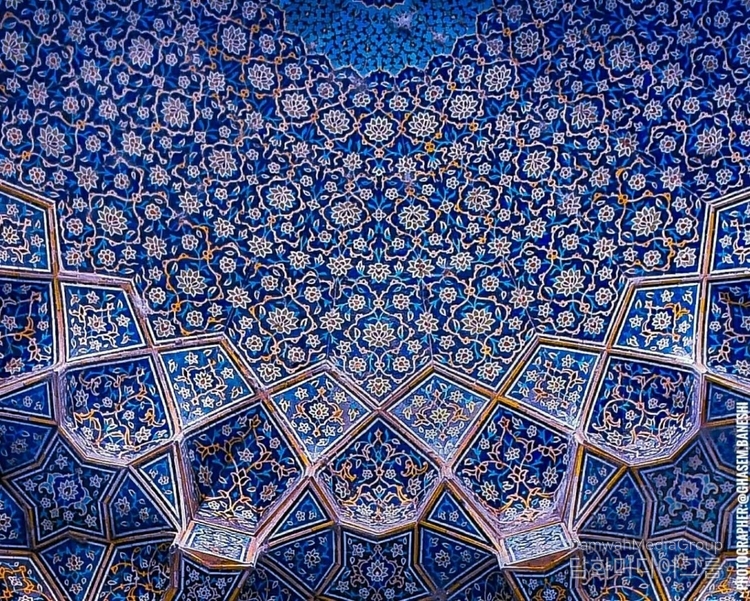
Regarding the government's efforts to attract tourists, it is worth highlighting that the first international gathering of 100 tour operators from around the world was held in Isfahan. Aimed at building networks of cooperation and facilitating the exchange of experiences among global tour operators, this event offered a unique opportunity to showcase Iran’s tourism potential.
Furthermore, the selection of the beautiful city of Isfahan as the host of the 2026 Global Tourism Summit stands as another example of strategic planning to promote Iran's attractions and its rich cultural and natural capacities on a global stage.
Q: If there are any cultural differences between Iran and South Korea, please let us know.
A: The cultural similarities between the two countries far outweigh their differences. Despite the considerable geographical distance, Iran and South Korea share many fascinating cultural traits rooted in their traditions, values, and social structures.
As a foreign resident, I find these similarities particularly appealing, as they make my experience in this country more enjoyable and memorable. Thanks to these shared aspects, I feel less homesick and less like a stranger.
For instance, several notable similarities between the two countries can be highlighted as follows :
Respect for elders: Both cultures place great emphasis on respecting elders, parents, and senior citizens. This value is reflected in daily behavior, language use, and overall lifestyle.
Importance of family: In both societies, the family is a core and highly respected institution. Decisions are often made collectively, and strong emotional bonds exist among family members.
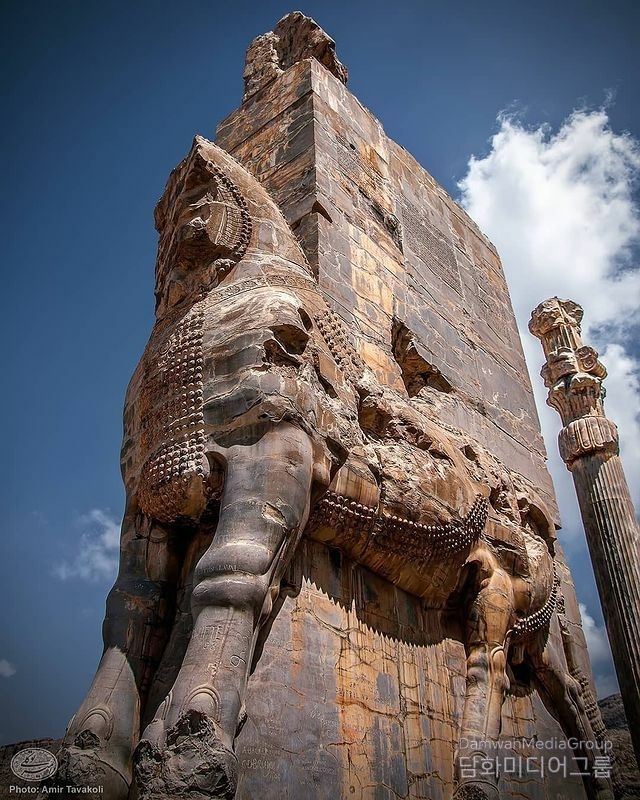
Ancient rituals and traditions: Both Iran and Korea have civilizations that span several millennia, and traditional rituals continue to play a meaningful role in daily life—such as Nowruz in Iran and Chuseok in Korea.
Politeness and humility in interactions: Polite conduct, humility, and avoidance of self-promotion are admired and upheld in both cultures.
The importance of food in social life: Food occupies a central place in both societies. Meals are commonly shared with others, and there is a deep appreciation for culinary diversity and traditional cuisine.
Q: Please tell me what was the most rewarding or happiest moment while you have been working as a diplomat.
A: One of the most rewarding moments of my diplomatic career has been witnessing the impact of cultural diplomacy in shaping a more positive and accurate image and perception of Iran among the South Korean public. Observing how cultural events and exchanges can break down stereotypes and promote mutual understanding has given me a profound sense of fulfillment and strengthened my commitment to promoting closer ties between our two nations.
Q: Does the Embassy of Iran have any events planned for 2025, and if so, please elaborate.
A: Yes, fortunately, this year the Embassy of Iran has made dedicated efforts to organize a well-planned and diverse program of events. These include the inaugural Iranian Film Week scheduled for late September, participation in various activities of the Korea Foundation’s Diplomacy Week and the Seoul Friendship Festival which was held on May 24th and 25th.
Additionally, traditional celebrations such as Yalda Night and Nowruz will be held as in previous years, warmly welcoming both Iranian and Korean citizens interested in Persian culture.

